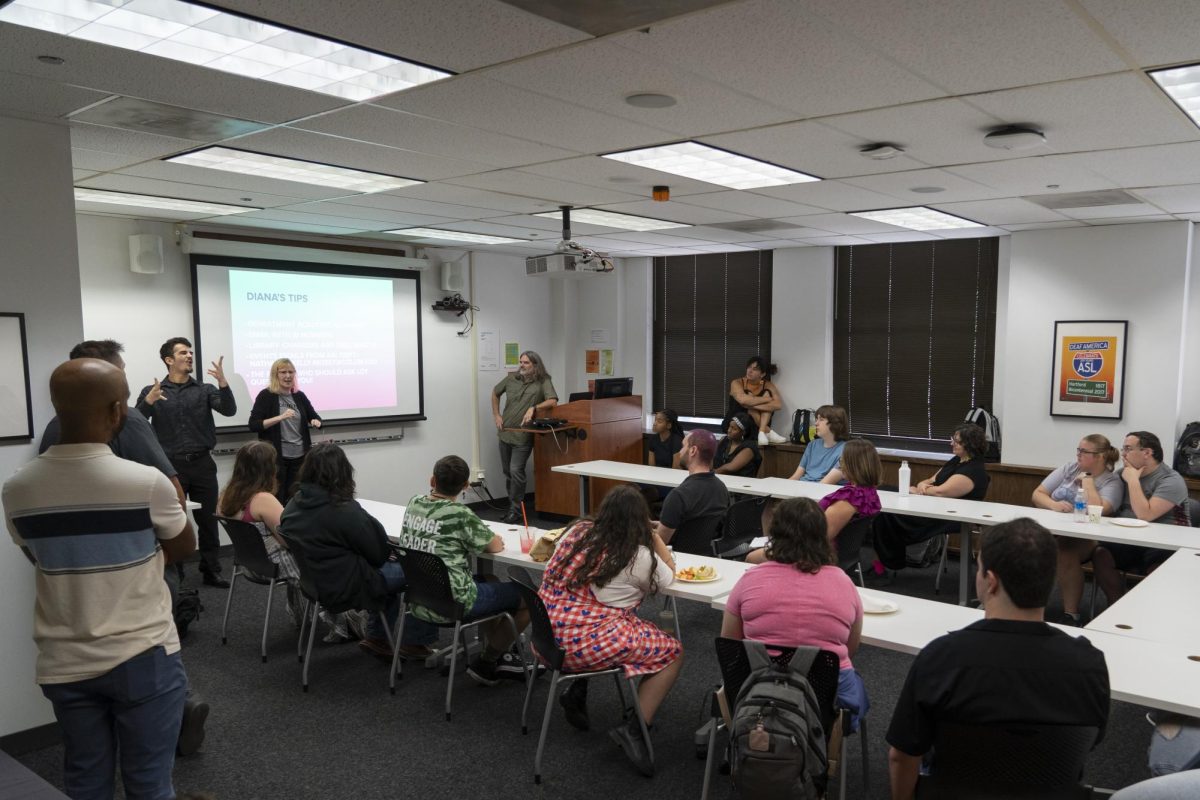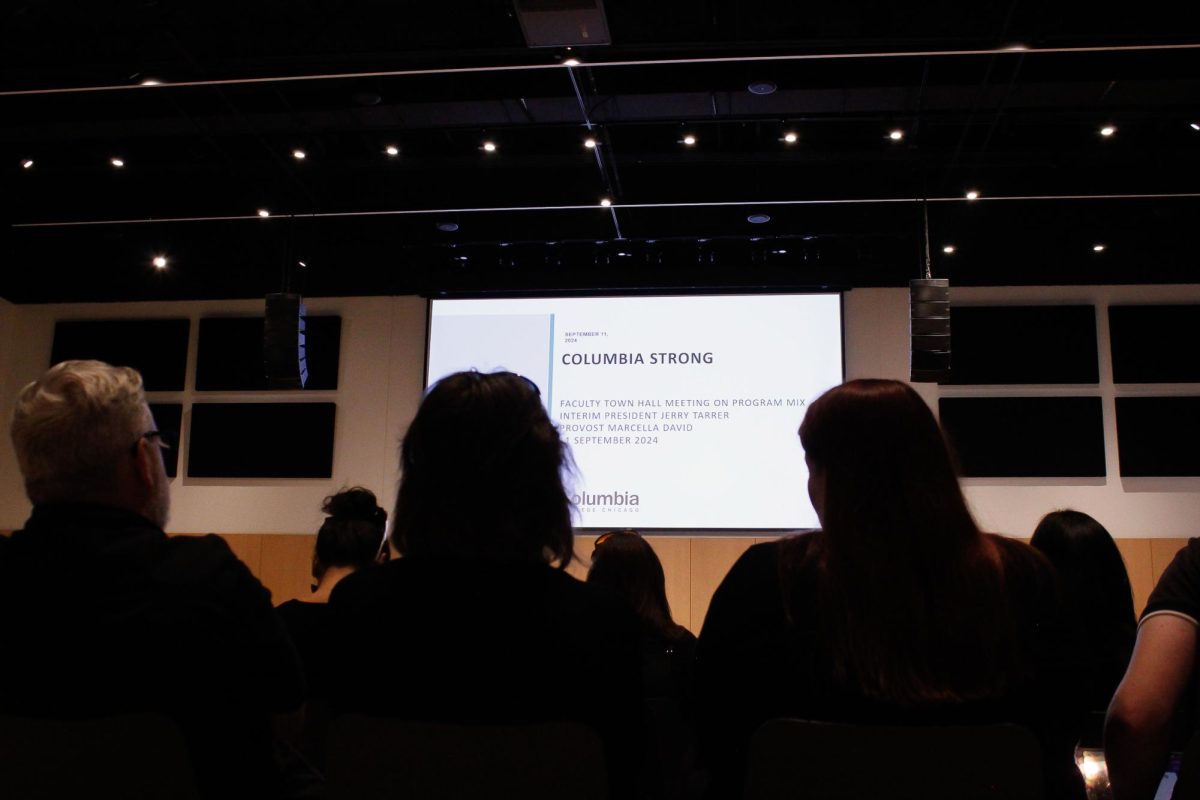President and CEO Kwang-Wu Kim said the college is “off track” in executing a plan to address the college’s financial problems.
“The college’s educational and business model continues to be under significant strain,” Kim said in an email to faculty and staff on Tuesday, Sept. 19. The college administration announced in Spring 2023 that to address a $20 million financial deficit it would need to do four things: increase freshman enrollment, improve student retention, increase net tuition revenue and achieve operational efficiencies.
The college has since said that it plans to increase class sizes, lower enrollment targets and review all the programs currently being offered.
Breaking down the numbers:
- The college is projecting that the retention rate for first-year students in fall 2022 will be seven points below an initial goal of 71.5%. Retention is measured between first-year and sophomore years, meaning more students than expected did not return to Columbia for a second year.
- Overall college enrollment team for fall enrollment is around 6,500 students – about 450 students fewer than in the fall 2019 semester before COVID.
“Total enrollment is still eroding, and this has consequences,” Kim said.
What has not changed: Kim said the college, which relies on tuition for funding, has less net revenue than anticipated because it did not meet recruitment and retention goals. It also needed to offer more scholarships than anticipated. Even after a round of summer budget cuts, the college still is about $20 million in debt.
What is upcoming: The college is working to secure a pro bono – or donated work – with a consulting firm to aid Columbia’s business decisions by outside expertise. The college will also join national benchmark surveys to assess its performance in comparison to competing colleges.
“Even through these difficult times, I remain confident that we have the capacity and imagination as a community to rise to the occasion and respond to them as we have in the past,” Kim said.
This is a developing story.






















